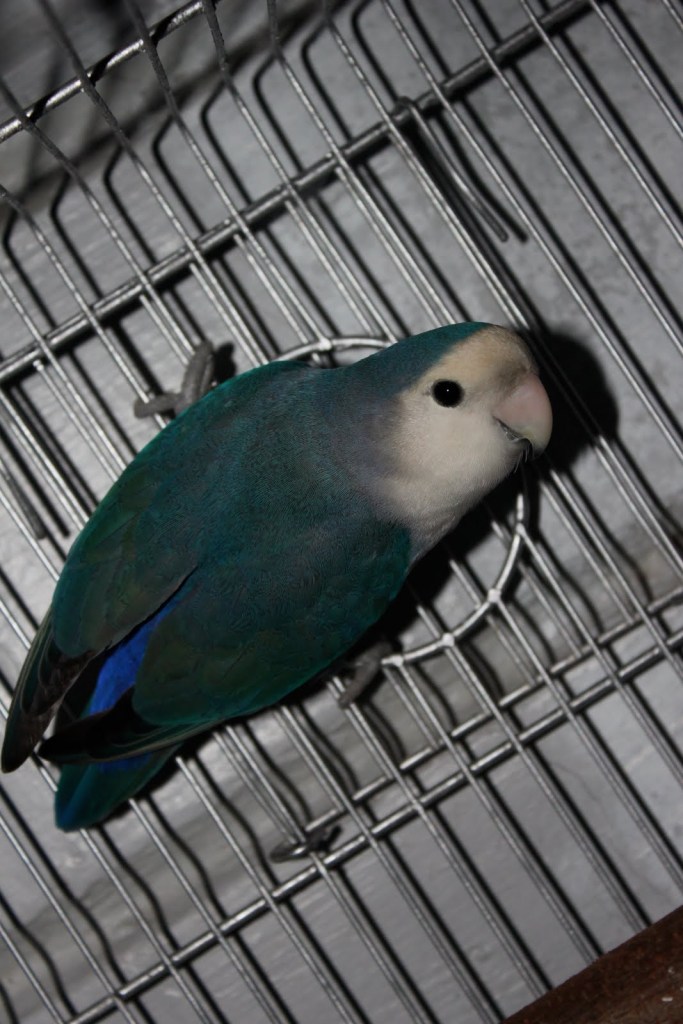WattaBird! Unlocking the Palette: Breeding African Lovebirds for Mesmerizing Mutations!



“If You have any questions, suggestions, or topics to discuss, please leave a comment below.”
For this article, I will try to provide some useful references to ensure that you know what to take note and what to watch out for when sourcing for a Split-Opaline African LoveBird.
Using a Split-Opaline Cock for your breeding program depends a lot on a trustworthy source for your African LoveBird cock (Split-Opaline).
Therefore, you have to source your Split-Opaline Cock from a reputable and trustworthy Breeder or Aviary.
Using a Split-Opaline Cock for your breeding program will also be budget friendly (You know what I mean).
It is important to note that only the Cock can be Split-Opaline.
Since the Opaline gene is a Sex-Linked, please take note that there will never be Split-Opaline daughters.
And most importantly, the Split-Opaline is not visual. This means the Split-Opaline African LoveBird will look exactly the same as a Normal African LoveBird, but they are genetically different. This is where the confusion and misunderstanding come into play.
You can only confirm a Split-Opaline Cock by breeding evidence.
And therefore, as I have mentioned earlier and I cannot emphasize it more that it is very very important to source your Split-Opaline cock from a reputable and trustworthy Breeder or Aviary.
You may want to check out this article for your breeding reference: WattaBird Breeding Chart: Opaline in African LoveBirds
 |
| Slate Split to Opaline (Cock) |
 |
| White-Face Blue Split to Opaline (Cock) |
"The main objective of wattabird.com is to promote African LoveBirds Breeding as a hobby, share breeding experiences, tips, techniques, best practices, and most importantly, to promote camaraderie among LoveBirds Breeders.
WattaBird.com

Comments
Post a Comment